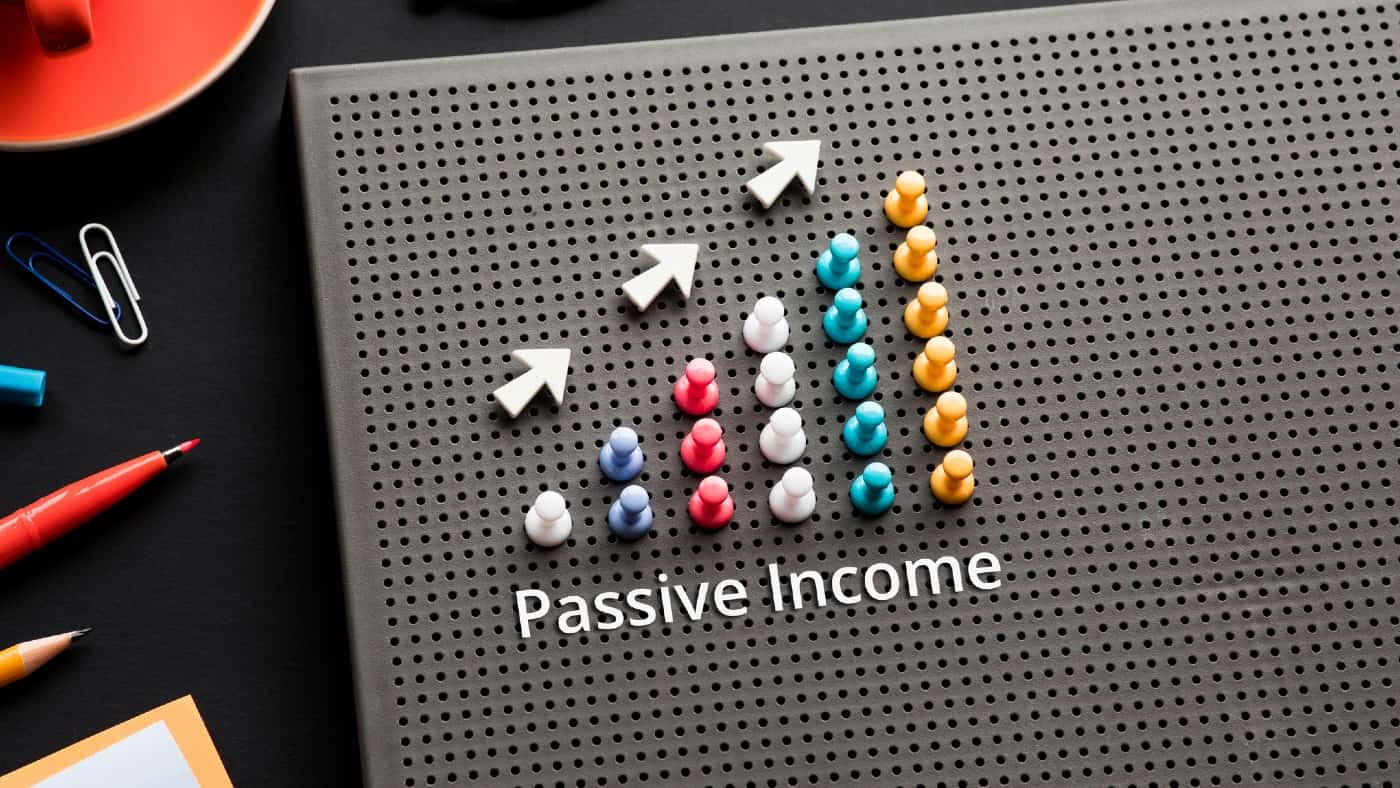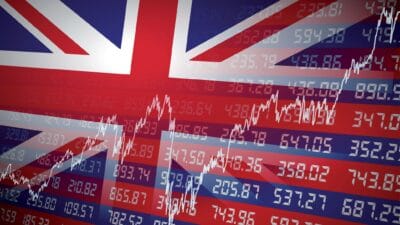Passive income is money made from minimal daily effort. The basic idea behind it was perfectly summed up by legendary investor Warren Buffet many years ago. He said: “If you don’t find a way to make money while you sleep, you will work until you die.”
For me, there has been no better way of doing this than buying high-quality stocks that pay high dividends. And to maximise the income made, I look at two other factors in selecting mine.
One is if the business is growing so that it can pay me greater dividends over time. The other is if the shares look undervalued, as I do not want my dividend gains erased by a big price fall.
I have five stocks in my high-yield portfolio that meet these criteria, in my view. They are Phoenix Group Holdings yielding 10.2%, British American Tobacco on 9.5%, M&G on 8.9%, Legal & General (LSE: LGEN) on 8.2%, and Aviva on 7.4%.
Stock selection focus
Aside from its high dividend, Legal & General’s business looks on an uptrend to me.
It is a leader in the UK Pension Risk Transfer (PRT) market. This is where a company takes over other firms’ pension scheme commitments and is paid for doing so.
It is also in the top 10 in the US PRT sector. Only around 9% of this market’s $3trn of defined benefit pension schemes have been transferred so far.
Its H1 2023 results also showed it is on track to achieve its capital growth target of £8bn-£9bn by the end of 2024. This huge cash pile can be a powerful tool to achieve greater growth.
The high cost of living remains a key risk in the shares, as it can lead to customers closing accounts. Another is a crisis of confidence in the financial system, as happened last March after the failures of Silicon Valley Bank and Credit Suisse.
Another positive for me, though, is that its share price looks very undervalued to its peers.
On the key price-to-earnings (P/E) ratio measurement, it is trading at just 6.9. This is by far the lowest in its peer group, which has an average P/E of 18.
A discounted cash flow analysis shows the stock to be around 61% undervalued. So a fair value per share would be around £6.05 a share, against the current £2.36. This does not necessarily mean it will ever reach that point, of course.
The dividend-compounding miracle
Stock dividend compounding involves reinvesting dividends paid back into the stocks that paid them. And the difference in returns between withdrawing dividends paid each year or reinvesting them is massive.
For example, my 8.2% yield on £20,000 of Legal & General shares would make me £1,640 in the first year. If I withdrew that, I would receive another £1,640 the following year, provided the dividend remained the same.
If I simply repeated this process, then I would have made £49,200 after 30 years.
However, if I reinvested the dividends into Legal & General stock, I would have £212,739 after 30 years, given the same average yield!
That would pay me £16,123 a year in passive income, or £1,344 every month.
Inflation would dent the spending power of this income. However, it underlines how relatively small investments can grow enormously over time through dividend compounding.







